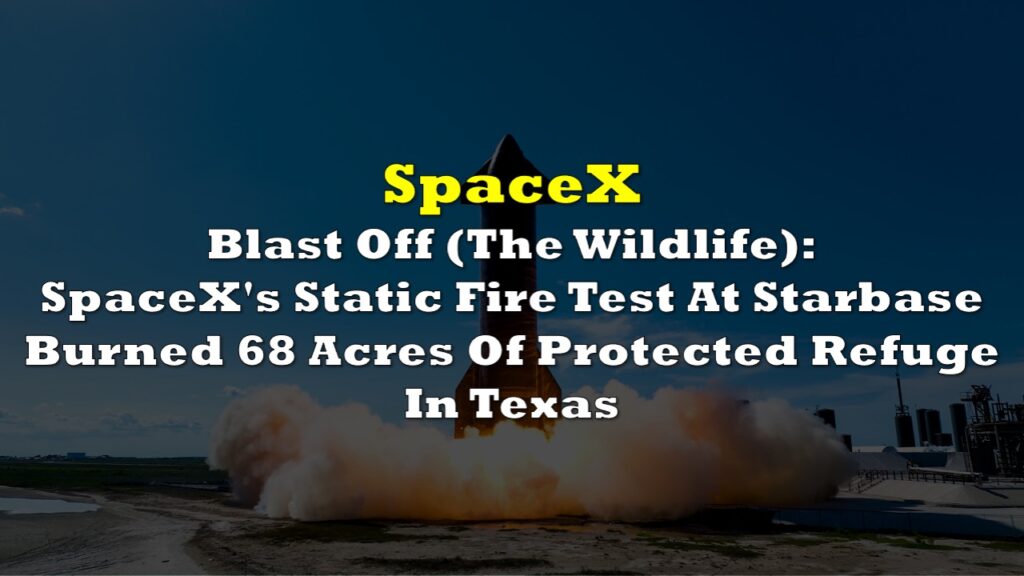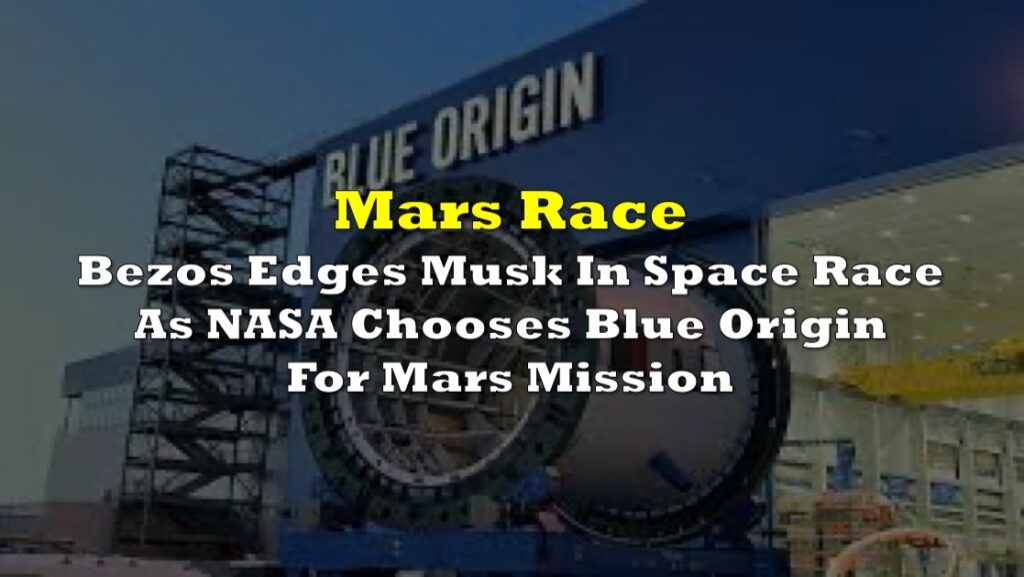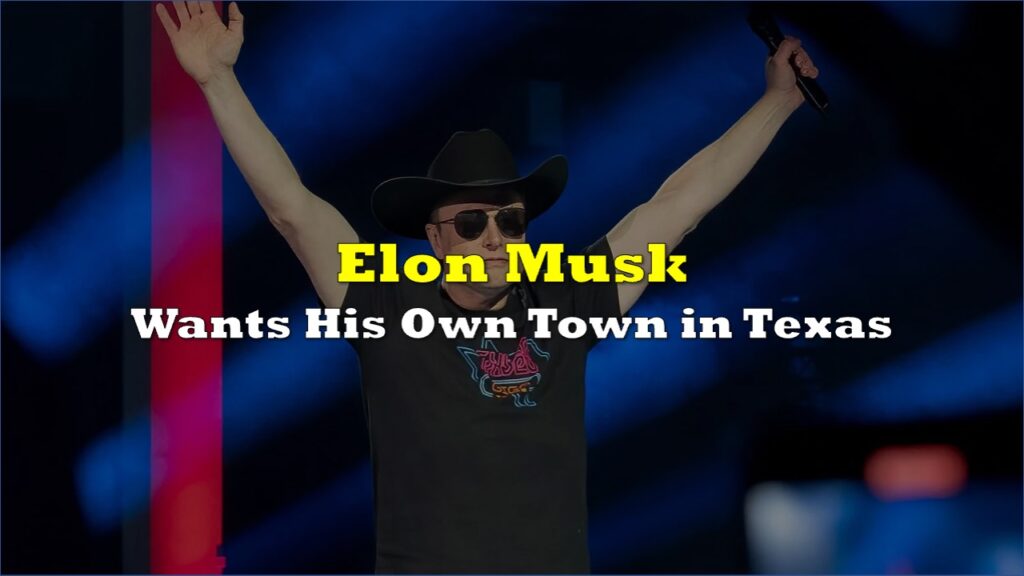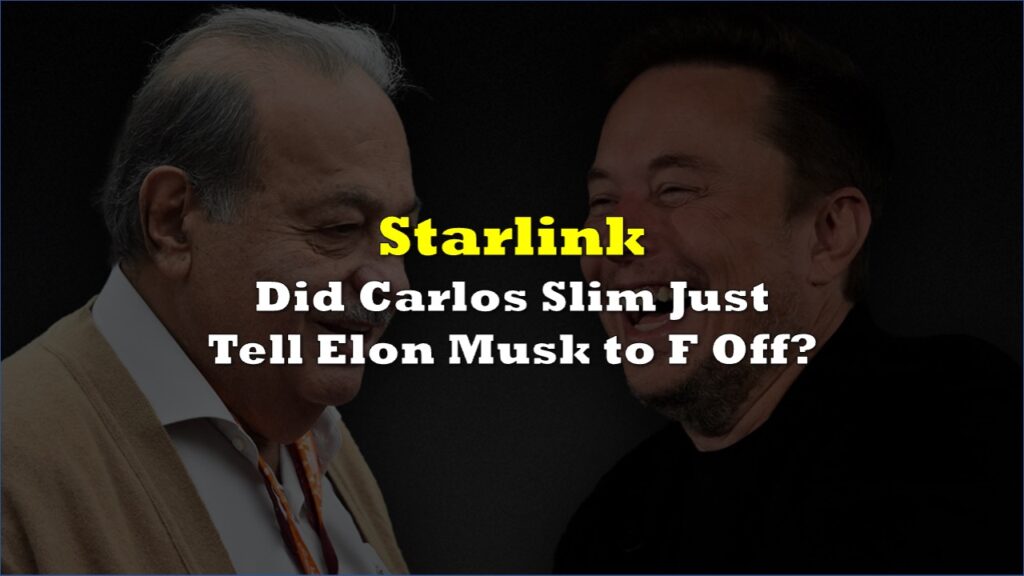Farm machinery manufacturer John Deere is set to enhance its digital farming initiatives through a partnership with SpaceX’s Starlink. The collaboration aims to leverage Starlink’s satellite fleet to provide high-speed internet connectivity, facilitating the automation of planting and harvesting processes in remote agricultural locations.
The Illinois-based company plans to connect a range of agricultural equipment, including tractors, seed planters, and crop sprayers, in areas with limited internet access. Jahmy Hindman, Deere’s Chief Technology Officer, expressed enthusiasm about the partnership, stating, “This takes us a step closer to ubiquitous connectivity anywhere in the world. The biggest opportunity for us is to expose existing technologies to more customers.”
Deere has been investing billions in computer-assisted services for farmers, including innovative software allowing herbicide sprayers to distinguish crops from weeds and driverless tractors for efficient field plowing. The agreement with SpaceX’s Starlink underscores the growing influence of Elon Musk’s satellite division, which boasts the world’s largest satellite fleet with nearly 5,300 working satellites in orbit.
Starlink is ideal for rural locations. Later this year, @JohnDeere will begin equipping new and existing machines across the United States and Brazil with Starlink to help connect farmers with high-speed internet so they can fully leverage precision agriculture technologies… pic.twitter.com/Jr36oTvGa4
— Starlink (@Starlink) January 15, 2024
The decision to choose Starlink over other competitors was influenced by the speed at which Starlink’s low-orbiting satellites transmit signals, according to Deere’s Hindman. SpaceX’s unique ability to manufacture and launch its own satellites contributes to the flexibility and rapid expansion of Starlink’s satellite fleet.
Deere, known for selling approximately 60% of high-horsepower tractors in the U.S. and Canada, aims to generate 10% of its annual revenue from software service fees by the end of the decade. The company’s digital farming offerings enable farmers to monitor equipment remotely, troubleshoot issues, and access real-time data on soil and planting.
Despite the advancements in digital farming, around 30% of farmed acres in the U.S. lack sufficient Wi-Fi service, and the issue is even more pronounced in countries like Brazil, where over 70% of farmed acres lack adequate connectivity.
The collaboration with Starlink is expected to address this connectivity gap, with Deere stating that Starlink service will debut in Brazil and unconnected parts of the U.S. later this year, expanding to more countries in the future. The SpaceX-made antennas, designed for dusty and rugged conditions, will be installed on top of vehicle cabs by dealers.
Deere emphasized that the costs for the antennas and software services have not been determined yet. The company is working towards a model where farmers pay software fees based on their usage, allowing for software updates without the need for new equipment purchases.
The partnership is also seen as a boost for Starlink, as it seeks customers to maximize the utilization of its satellite capacity, particularly in remote regions and oceans. Starlink reported over 2.3 million customers, with revenue soaring to $1.4 billion in 2022 from $222 million the previous year.
The deal with Deere marks a victory for Starlink over satellite operator Intelsat. Analysts suggest that Starlink’s success in securing partnerships is pivotal to its role as the primary driver of SpaceX’s valuation, currently standing at $180 billion. Musk, at a recent SpaceX event, highlighted Starlink’s strength in low population density areas, emphasizing its role as a supplement to terrestrial internet service rather than a replacement.
Information for this story was found via The Wall Street Journal and the sources mentioned within the article. The author has no securities or affiliations related to the organizations discussed. Not a recommendation to buy or sell. Always do additional research and consult a professional before purchasing a security. The author holds no licenses.









